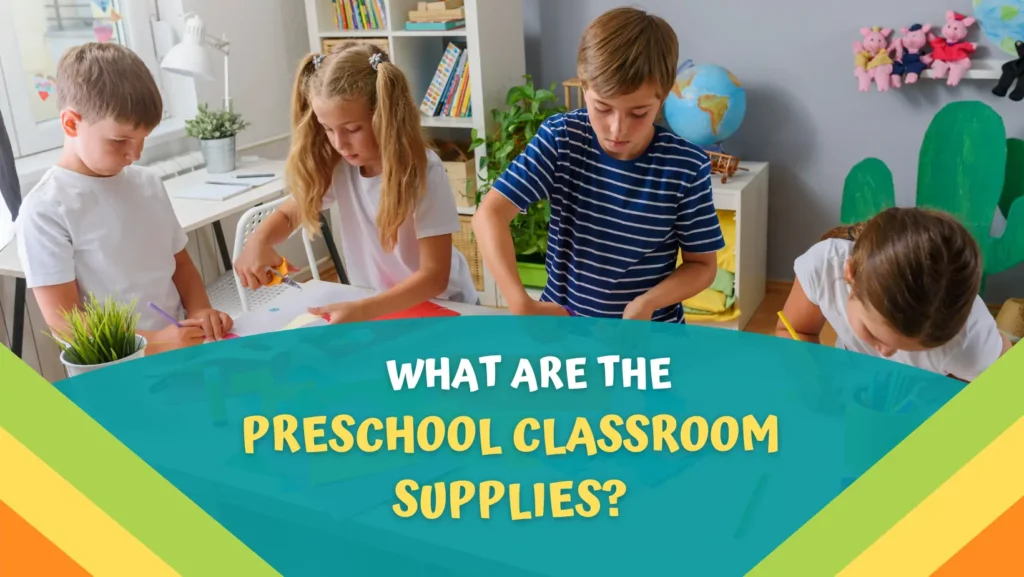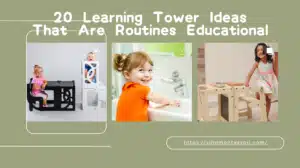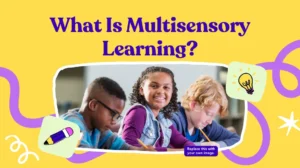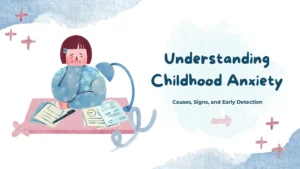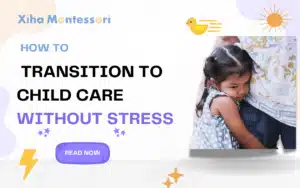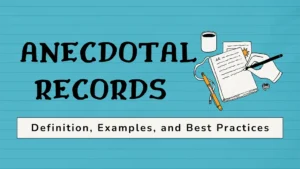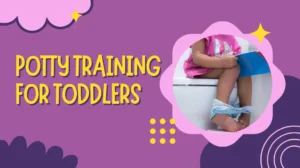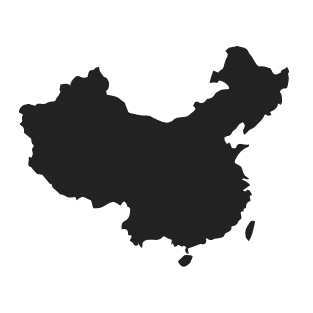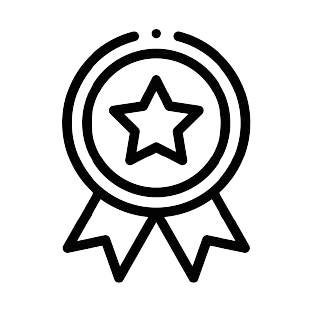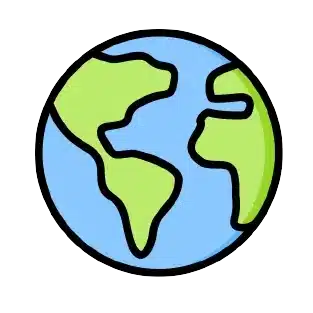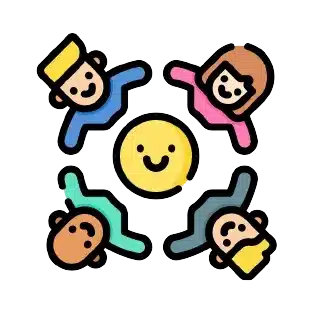Welcome to our informative guide on preschool classroom supplies. As parents and educators, we understand the importance of creating a nurturing and stimulating environment for our children. This starts with having the right supplies in the classroom.
Preschool classroom supplies include furniture and storage solutions, educational and art supplies, and books. These materials support the developmental needs of young learners and create an engaging educational space that encourages growth and curiosity.
This starts with having the right supplies in the classroom. In this post, we’ll explore essential preschool classroom supplies that promote learning, creativity, and fun. From basics like crayons, scissors and glue to more interactive tools like blocks and puzzles, we’ll cover it all. Our goal is to provide you with a comprehensive list of supplies that are not only age appropriate, but encourage imagination and cognitive development.
We realize that every child is unique and their educational needs may vary. Therefore, we have carefully curated this list to include a range of supplies that cater to different learning styles and abilities.
The Importance of Preschool Classroom Supplies
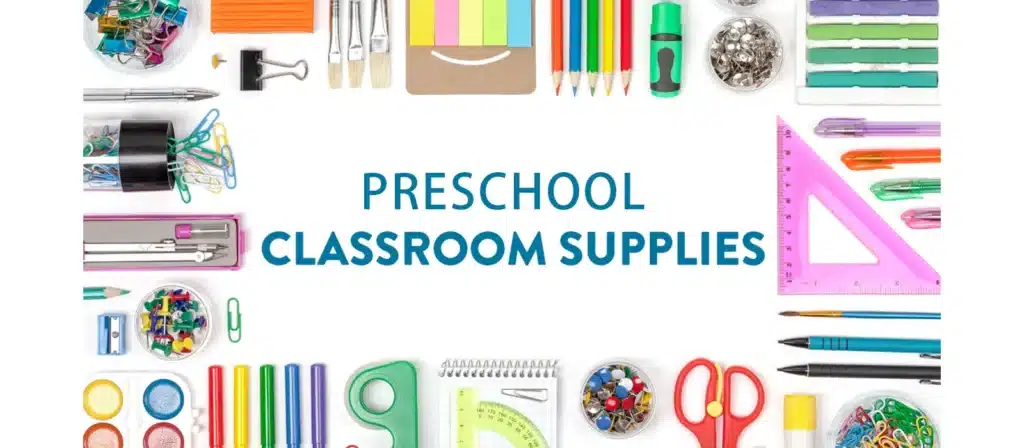
The foundation of an effective preschool environment lies in its provision. The right preschool classroom supplies can enhance the learning experience and promote cognitive, physical and social development. From the moment a child walks into a classroom, the layout, type of furniture and resources available play a pivotal role in their educational journey. Similarly, carefully selected toys and learning materials can meet the diverse needs of young learners and accommodate a variety of learning styles and preferences.
Educational supplies, such as puzzles and blocks, encourage problem-solving and critical thinking, while art supplies, such as crayons, paints, and clay, promote creativity and the development of fine motor skills. Carefully selected age-appropriate books and reading materials stimulate imagination and enhance language skills. In addition, ample storage solutions ensure well-organized classrooms, making it easier for children to find and store materials, further supporting their learning autonomy and management skills.
Educational Supplies for Preschoolers

In the realm of preschool education, the significance of educational supplies cannot be overstated. These tools are integral in creating an interactive and stimulating learning environment.
- Alphabet and Number Sets: Magnetic or foam letters and numbers for recognition, sorting, and basic spelling or math activities.
- Educational Puzzles: Puzzles that focus on letters, numbers, animals, and simple world geography to enhance problem-solving skills and knowledge.
- Shape Sorters and Counting Toys: Toys allow children to sort shapes and practice counting to improve their understanding of basic math concepts.
- Flashcards: Sets featuring alphabets, numbers, animals, and basic words to enhance vocabulary and recognition skills.
- Manipulatives: Items like linking chains, counting bears, and pattern blocks to develop fine motor skills and understand patterns and sequences.
- Learning Mats: Reusable mats that feature letters, numbers, and word activities, which can be used with dry-erase markers for practice and reinforcement.
- Sensory Bins: Although not strictly educational, sensory bins with different textures and objects can be used for exploratory play, enhancing cognitive and language development through themed activities (like letter hunting or counting objects).
- Science Kits: Simple, age-appropriate science kits that introduce basic scientific concepts through hands-on experiments, such as growing plants or basic water experiments.
- Globes and Maps: Child-friendly globes and maps to introduce geography and the concept of different countries and cultures.
Art Supplies for Preschoolers
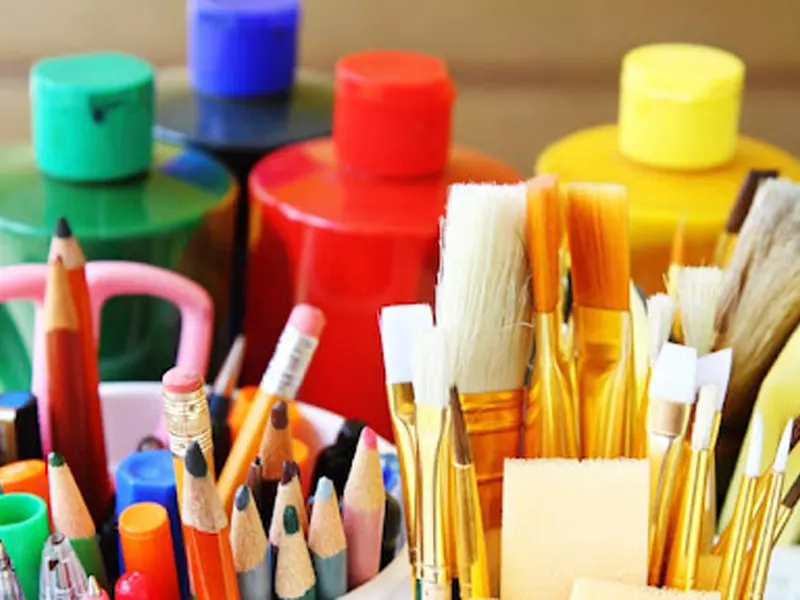
For preschoolers, art supplies should be safe, non-toxic, and suitable for their age to encourage creativity and fine motor skill development. Here’s a list specifically tailored for young artists:
- Washable Crayons: Thick, washable, easy-to-grip crayons making cleanup easier and encouraging early drawing and coloring skills.
- Water-Based Markers: Markers that are washable and come in various bold, vibrant colors, perfect for drawing and coloring with less pressure than crayons.
- Finger Paints: Non-toxic, washable finger paints that allow children to explore texture and color mixing with their hands, fostering sensory development.
- Paint Brushes: Various sizes of brushes that are easy to hold, encouraging different stroke techniques and further developing fine motor skills.
- Safety Scissors: Scissors with rounded tips and easy-grip handles designed for small hands, introducing young children to cutting safely.
- Construction Paper: A variety of paper colors, thicker than regular printer paper, which can be used for cutting, pasting, and folding projects.
- Glue Sticks and White Glue: Easy-to-use adhesives for pasting paper, fabric, and other lightweight materials. Glue sticks are less messy, while liquid glue can be used for projects requiring stronger adhesion.
- Modeling Clay or Play Dough: Non-hardening, reusable materials that children can squish, roll, and mold, which helps in strengthening hand muscles and sparking the imagination.
- Watercolor Paints: Sets of non-toxic watercolors that are easy to clean up and provide a different painting experience, teaching children about dilution and color blending.
- Craft Sticks: Wooden or plastic sticks used for building projects, creating puppets, or as paint stirrers, offering versatility in creative activities.
- Stamp Pads and Stamps: Washable ink pads and various stamps (letters, animals, shapes) that encourage the exploration of patterns and storytelling.
- Stencils: Shapes, letters, and animal stencils that guide drawing and painting, helping with recognition and coordination.
- Chalk: Both sidewalk chalk for outdoor creativity and chalkboard chalk, encouraging large and small motor skill development.
- Collage Materials: Items like feathers, sequins, yarn, and fabric scraps for gluing and arranging on paper or cardboard, fostering creativity and fine motor skills.
- Aprons or Smocks: To protect clothing during messy projects, foster a worry-free environment where children can explore materials and express themselves.
Books and Reading Materials
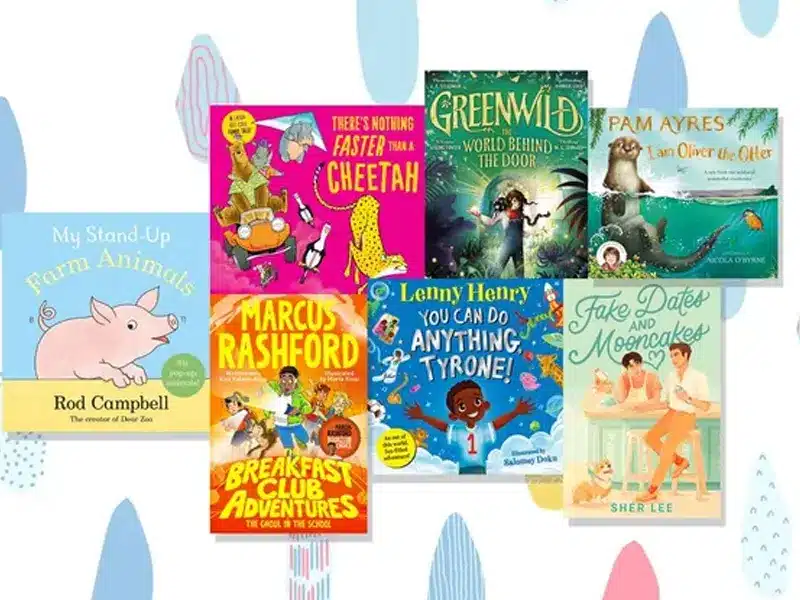
Books and reading materials are fundamental tools for preschoolers’ language development and literacy skills and for fostering a lifelong love of reading. Here’s a list of types of books and reading materials that are ideal for young children:
- Board Books: Durable and easy to handle, board books are perfect for young children. They often feature simple stories, basic concepts (like shapes, numbers, and colors), and rhyming text to engage young readers.
- Counting Books: These books incorporate numbers and counting into their stories or themes, helping children learn numbers and basic math concepts.
- Nature and Science Books: Books that explore animals, plants, the solar system, and other science topics can spark curiosity and encourage learning about the world.
- Interactive Books: Books with flaps to lift, textures to feel, and buttons to press engage children’s senses and make reading a more interactive experience.
- Poetry and Nursery Rhymes: Collections of children’s poetry and nursery rhymes are great for rhythm, rhyme, and language play, which can also aid in memorization and phonetic awareness.
Preschool Classroom Storage Items
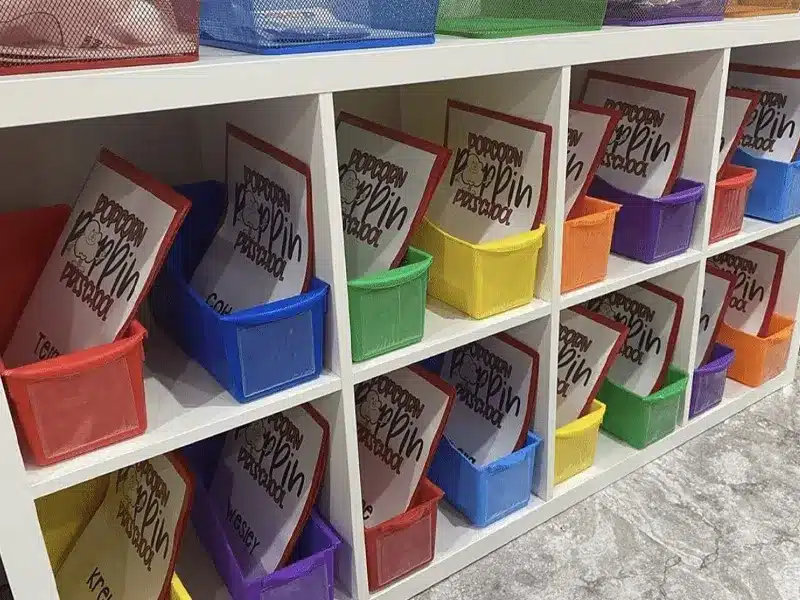
Organization is key to maintaining a functional and accessible preschool classroom. Adequate storage solutions help manage the myriad of materials, making them readily available to children and teachers. Items like shelving units, bins, and baskets, labeled with pictures and words, encourage children to participate in clean-up, fostering a sense of responsibility and independence.
- Shelving Units: Low, sturdy shelving units that children can easily reach. These should be secured to the wall for safety. Ideal for storing books, bins, and games.
- Storage Bins and Baskets: Various sizes of bins and baskets can hold toys, craft supplies, and manipulatives. Clear bins are great for seeing contents at a glance, while labeled baskets help with categorization.
- Art Supply Carts: Rolling carts with drawers or bins that can be moved to different classroom areas as needed. Perfect for organizing art supplies like crayons, markers, and scissors.
- Book Display Shelves: Forward-facing bookshelves or racks make book covers visible to children, encouraging them to explore and choose books independently.
- Toy Organizers: Shelving units with small, removable bins ideal for sorting and storing small toys and parts. These organizers make cleanup easier for children.
- Hanging Pockets: Over-the-door hanging organizers or wall-mounted fabric pockets for storing art supplies, small toys, or even classroom mail.
- Storage Lockers: Tall, narrow lockers for children to hang coats and store boots or outdoor gear. Lockers can be assigned to each child for personal storage.
- Labeling System: Labels for bins, shelves, and cubbies using pictures, words, or both. This helps with literacy skills and aids children in finding and returning items.
Incorporating these storage items into a preschool classroom can create a well-organized, efficient space that promotes independence and learning. Ensuring that storage solutions are child-friendly and accessible encourages children to participate in cleanup, fostering a sense of responsibility and order.
Preschool Classroom Cleaning Supplies
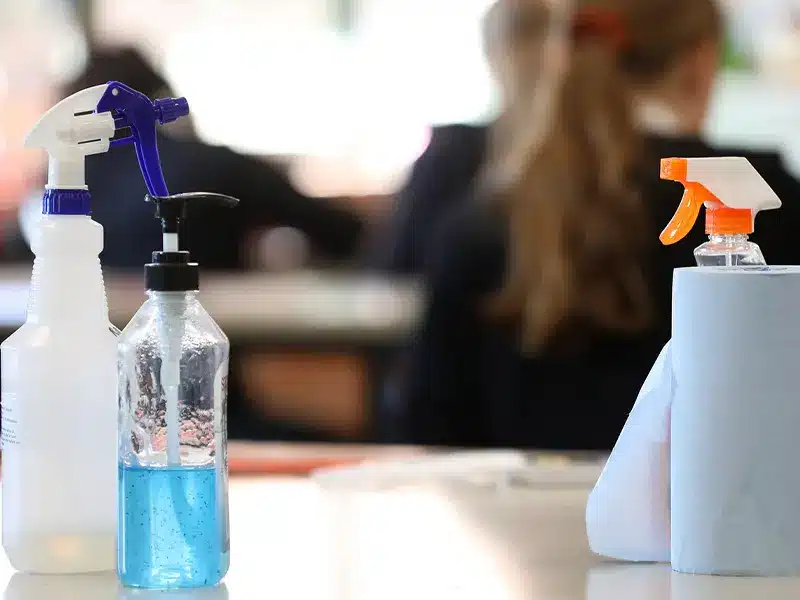
Maintaining a clean and healthy preschool classroom is crucial for children’s and staff’s well-being. Here’s a list of essential cleaning supplies that are safe and effective for use in preschool environments:
- Disinfectant Wipes: Pre-moistened disinfecting wipes can be used for quick cleanups and to sanitize surfaces. Choose wipes that are safe for use around children and are effective against common germs.
- Hand Soap: Fragrance-free, gentle hand soap in dispensers for sinks. Encouraging regular handwashing is key to preventing the spread of germs.
- Paper Towels: Absorbent paper towels for drying hands and cleaning up spills. Consider selecting recycled or eco-friendly options.
- Brooms and Dustpans: Children can use Small brooms and dustpans to help clean up. Involving children in cleanup activities can teach them responsibility and care for their environment.
- Microfiber Cloths: Reusable microfiber cloths for dusting and cleaning without harsh chemicals. These clothes can be washed and reused, making them an eco-friendly option.
- Gloves: Disposable or reusable gloves for cleaning tasks to protect the skin from cleaning products and germs.
- Air Freshener: Opt for natural air fresheners like essential oil diffusers or baking soda-based products rather than chemical sprays to maintain a fresh classroom without introducing irritants.
- Safety Data Sheets (SDS): Keep SDS for all cleaning products on hand. These documents provide information on the proper use, storage, and emergency measures in case of chemical exposure.
Regular cleaning routines and proper ventilation and hygiene practices can help create a healthier learning environment for everyone.
Outdoor Play Equipment and Supplies for Sports Development
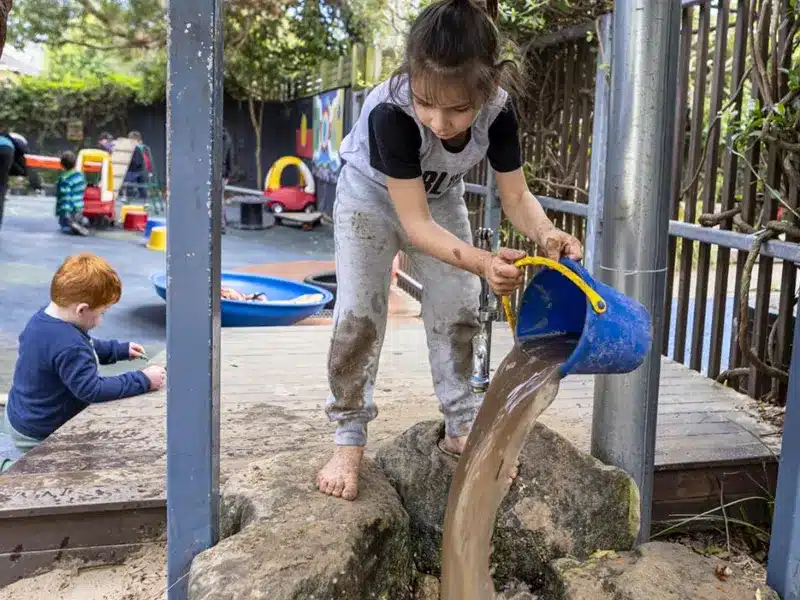
The right outdoor play equipment can help develop motor skills and coordination and encourage active play. This includes slides, swings, balance beams, and climbing structures designed with safety and age-appropriateness in mind.
Here’s a list tailored for young children to promote sports development and outdoor fun:
- Balls of Various Sizes and Textures: Soft foam balls, soccer balls, basketballs, and playground balls for throwing, catching, and kicking activities to develop hand-eye coordination and gross motor skills.
- Balance Beams: Low-to-the-ground beams that help children develop balance and coordination. These can be adjustable or modular for varying difficulty levels.
- Jump Ropes: Short jump ropes are for individual use, and longer ropes are for group activities. Jumping rope enhances coordination, rhythm, and cardiovascular health.
- Climbing Structures: Safe, age-appropriate climbing frames or jungle gyms encourage climbing and exploring, building strength and confidence.
- Cones and Markers: To set up obstacle courses, define play areas, or mark start and finish lines in races. These help with understanding directions and following instructions.
- Seesaws and Swings: Classic playground equipment that promotes balance, coordination, and understanding of cause and effect.
Preschool Teacher Supplies
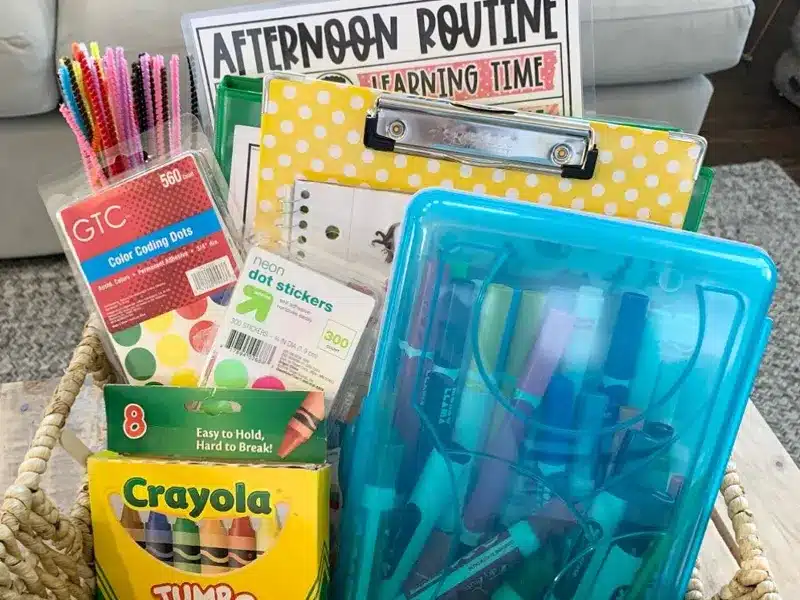
Preschool teachers need various supplies to facilitate daily activities and lessons effectively. This includes educational materials, art supplies, books, and technology that supports interactive learning. Teachers also benefit from organizational tools like planners, storage bins, and label makers to keep the classroom tidy and efficient.
- Dry Erase Boards and Markers demonstrate writing, drawing, and math concepts. Small boards for student use encourage participation and practice.
- Chart Paper and Easel: Large chart paper on an easel is perfect for group lessons, storytelling, and displaying class rules or schedules.
- Name Tags and Labels: For student desks, cubbies, and personal items. Labels can also be used to organize supplies and learning centers.
- Puppets and Storytelling Props: To bring stories to life and encourage imaginative play and language development.
- Timer: To help manage classroom activities and transitions and teach concepts of time.
- First Aid Kit: Essential for handling minor injuries and ensuring student safety. Check regulations for specific requirements.
Parents’ Preschool Supply List
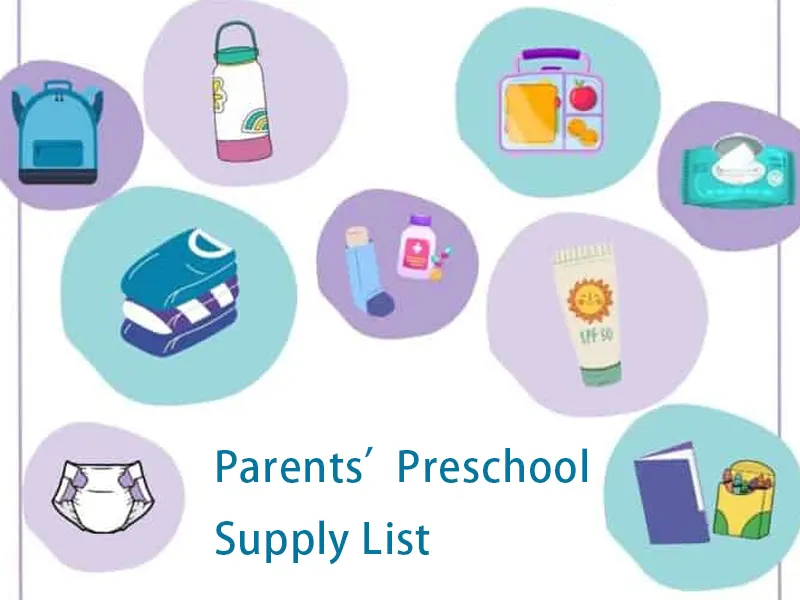
Parents play a crucial role in preparing their children for preschool. A supply list for parents might include personal items for their child, such as a backpack, water bottle, change of clothes, and naptime bedding. Labeling all personal items can help prevent loss and confusion.
Parents often need a clear list of supplies when preparing for preschool to ensure their child is well-equipped for a successful and comfortable learning experience. Here’s a comprehensive preschool supply list tailored for parents:
- Backpack: A small, lightweight backpack that fits your child’s frame. It should be large enough to carry a lunch box, water bottle, and a change of clothes but not so large that it becomes cumbersome for your child.
- Lunch Box: An easy-to-open, durable lunch box. Consider ones with compartments for different food items to encourage variety and healthy eating habits.
- Water Bottle: A spill-proof, reusable water bottle that is easy for your child to open and close independently.
- Change of Clothes: Pack a complete change of clothes, including underwear and socks, labeled with your child’s name, to keep at school in case of spills or accidents.
- Label Everything: Use waterproof labels or a permanent marker to label all items, including clothes, backpacks, lunch boxes, water bottles, and shoes, with your child’s name.
- Comfort Item: A small comfort item for your child to keep in their backpack or cubby, such as a family photo or a small stuffed animal, especially if it’s their first time away from home.
- Rain Gear: A small umbrella and a raincoat for rainy days. Consider keeping a pair of rain boots at school if your child plays outside often.
- Sun Protection: A hat and a small bottle of sunscreen for outdoor play. Some schools apply sunscreen to students, so check their policy and provide sunscreen if needed.
- Indoor Shoes: If the preschool requests it, provide a pair of indoor shoes or slippers that stay at school. These should be easy for your child to put on and take off alone.
- Health and Emergency Information: Ensure all your child’s health and emergency contact information is up-to-date and provided to the school.
Classroom Furniture and Toys For Preschoolers
Appropriate furniture and toys on the classroom supply list are essential to creating an environment that is functional and conducive to learning. Furniture and toys designed for preschoolers should not only be comfortable and age-appropriate but should also stimulate creativity, encourage social interaction, and support the physical development of young children.
Classroom furniture needs to be child-sized to ensure comfort and safety. Tables and chairs should be designed to suit smaller individuals so children can sit comfortably and engage in activities such as drawing, reading, and group discussions. Furniture with rounded corners and sturdy construction is important to prevent accidents and ensure durability in high-traffic environments. In addition, lockers and cubbies provide preschoolers with designated space to store their belongings, teaching them organization and responsibility. These elements help create an environment where children feel safe and ready to engage in learning activities.
Toys play a key role in promoting cognitive and social development. Children are curious explorers at this stage, and toys should encourage hands-on interaction, problem-solving, and creativity. Open-ended toys such as blocks and art supplies allow preschoolers to express themselves, develop fine motor skills, and improve hand-eye coordination.
The combination of furniture and toys not only meets the needs of children at their developmental stage but also enhances the overall learning experience. A well-equipped preschool classroom with appropriate furniture and fun toys creates a vibrant learning environment where children can explore, discover, and grow.
What Considerations Should Be Made When Choosing Preschool Classroom Supplies?
Safety, quality, and educational value should be top priorities when selecting supplies for a preschool classroom. Choosing age-appropriate, durable, and non-toxic materials ensures that the classroom is a safe environment for all children.
Educators should also consider the diversity of learning styles and needs among students, selecting supplies that offer a variety of sensory experiences and learning opportunities. Sustainability and environmental impact are additional factors, with a growing trend towards eco-friendly and recyclable materials.
Where to Buy Preschool Classroom Supplies?
Preschool classroom supplies can be sourced from a variety of vendors specializing in educational materials, furniture, and toys. Local educational supply stores often offer a wide range of products tailored to early childhood education.
Online platforms provide convenient access to a broader selection of supplies, often at competitive prices. When purchasing supplies, seeking out suppliers with a commitment to quality and safety, such as Xiha Montessori, ensures that you are investing in products that will support the developmental needs of preschoolers and create an enriching learning environment.
In my experience leading Xiha Montessori, I’ve seen firsthand the impact of well-chosen classroom supplies. Our focus on quality, safety, and educational value ensures that our products meet the diverse needs of preschool environments. We offer customizable solutions to fit the unique requirements of our clients, addressing common pain points such as inefficient communication, delayed shipments, and the need for specialized products.

